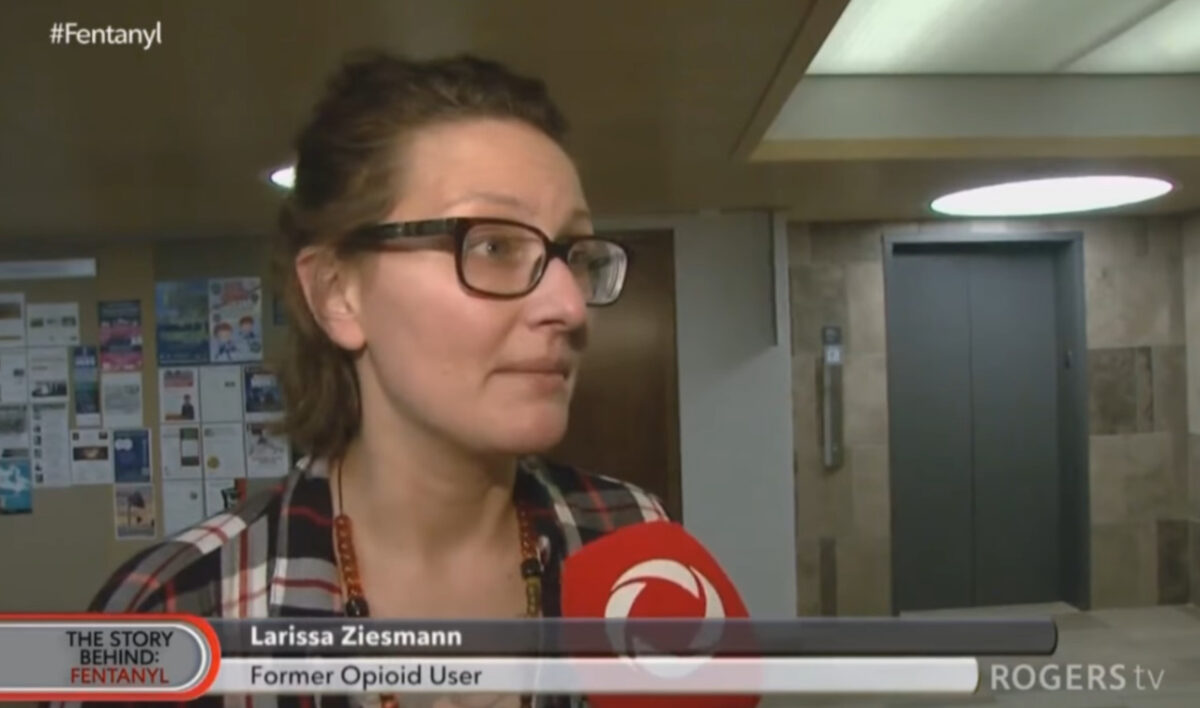Introduction
This three-part series, presented by RogersTV, delves into the opioid and fentanyl crisis and its widespread impact on communities across Ontario, Canada. The first video provides essential background, explaining what fentanyl is and how it has insidiously infiltrated neighborhoods. A local police officer emphasizes that “the misuse and abuse of fentanyl is a shared responsibility — it’s a public health issue that involves education, intervention, treatment, and enforcement.”
Parts two and three build on this foundation, incorporating personal stories from individuals directly affected by addiction, along with insights from additional experts. The series explores how the pharmaceutical industry contributed to the emergence of a thriving Black Market, the efforts law enforcement is making to address the crisis, the rationale behind harm reduction strategies, and the common obstacles people face when seeking treatment.
Watch Now!
After watching the following video, you are welcome to share your experience by providing a review of the resource.
Quotes
“It’s important to have open conversations in the home and to start those conversations early … make sure the door is open, that our kids can come and talk to us no matter what. Make sure that our kids know that if they get in to trouble or start to notice that this is an issue for them, that they have somewhere to go and someone to talk to.”
“For a good 5 years of my life, I was addicted to presciption pills, other drugs along the way for sure, but nothing got me as bad as the prescription pills did … Someone had offered it [fentanyl] to me like it was a good time, like anyone else would offer you a coffee – that normal. That was the day that changed me.”
“According to statistics from the Office of the Chief Coroner, deaths attributed to fentanyl in Ontario doubled between 2008 and 2012 from 45 to 116.”
“In the 2012 Canadian Alcohol & Drug Use Monitoring Survey, approximately 410,000 Canadians reported abusing prescription drugs like opioid pain relievers.”
“One pound of fentanyl at 95% purirty represents enough to create 250,000 lethal doses.”
“Opioid misuse is the third leading cause of accidental death in Ontario.”
“Between 2011 and 2013, a fentanyl-implicated death occurred in Ontario about every 3 to 4 days.”

“People have been told for years to leave the person that is in addiction … it’s important that people still walk beside somebody with addiction. It doesn’t mean that you have to enable them, it doesn’t mean that you have to put up with the negative parts of it, but to leave somebody? I don’t think that there’s another disease that people have that you’re forced to do alone.”
LARISSA ZIESMANN – FORMER OPIOID USER
“Signs of an overdose may include one or more of the following: the person is unresponsive, or won’t wake easily; their lips and fingernails turn blue; the skin is cold and clammy.”
“Fentanyl was designed with good purposes in mind. It has very important therapeutic uses, especially for chronic cancer patients. Unfortunately, when it gets into the wrong hands or when it’s not administered in a therapeutic setting, in a clinical setting, then it’s extremely dangerous.”
“The Fentanyl Patch 4 Patch Return Initiative has been established for the purpose of the public education and awareness regarding the risks of fentanyl misuse and abuse.”
“A harm reduction approach requires us to dig a little deeper with that client, to understand what has transpired in that person’s life, begin to unpack that and then build supports to help them work through that.”en established for the purpose of the public education and awareness regarding the risks of fentanyl misuse and abuse.”
ConnexOntario: 1-866-531-2600
Ontario Addiction Treatment Centres: 1-905-773-3884

